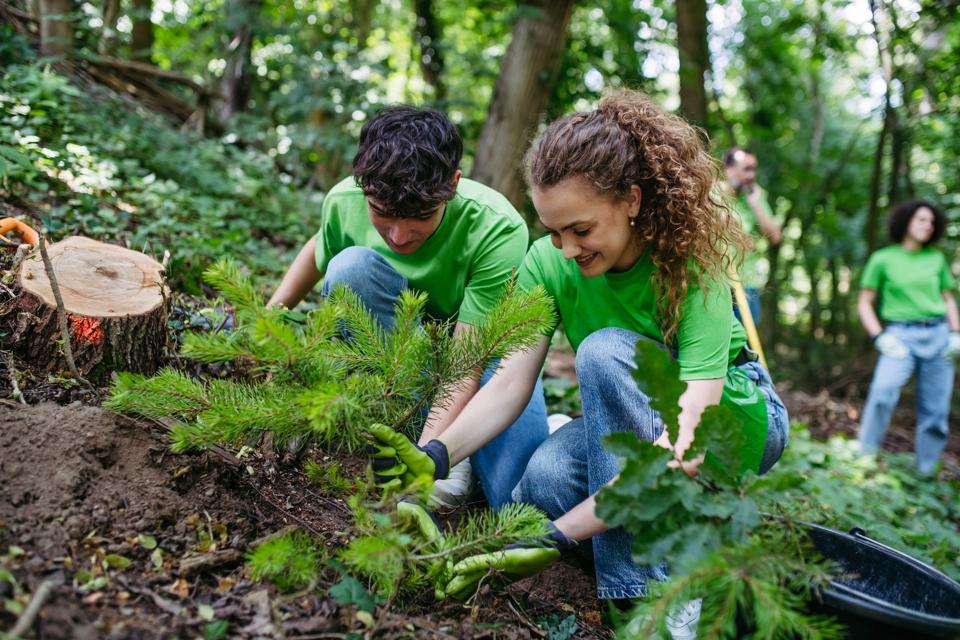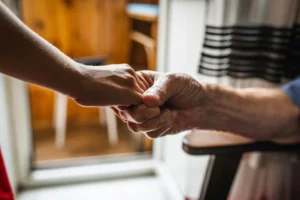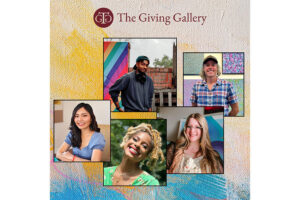The world is moving fast. People’s expectations are shifting, technology keeps evolving and social issues are louder and more urgent than ever. If nonprofits want to keep up, we must be just as bold, just as curious and just as willing to grow.
Doing Good Isn’t Enough Anymore
The Shift In Engagement
Practical Shifts Nonprofits Can Make To Engage The Next Generation
Recognizing that younger generations bring different expectations and engagement styles, nonprofits must go beyond talking about evolution; they must actively demonstrate it. At AJLI, we’ve learned that targeted, tangible shifts not only attract younger members but also strengthen mission impact. Here are a few proven approaches that can help organizations stay relevant and energized:
Offer flexible, bite-sized engagement opportunities.
From “done-in-a-day” service projects to short-term committee assignments, flexibility is essential. The Junior League of Dallas, for example, created micro-volunteering events that allow members to contribute in just a few hours. Similarly, our Phoenix chapter offers seasonal pop-up volunteer roles where members can help with community events without a yearlong commitment.
Show measurable, shareable impact.
Today’s young volunteers want to quickly see how their efforts move the needle. Nonprofits can do this by regularly publishing a social impact report. This is what the Junior League of Atlanta does, highlighting annual funds raised, hours volunteered and community outcomes, paired with visuals ready for members to share on their social media channels.
Connect through purpose-driven social events.
Younger volunteers want to blend connection with contribution. Successfully engage the younger generation with service-oriented networking events, pairing a social gathering with a hands-on service activity.
Embrace skills-based volunteerism.
Many younger volunteers want to contribute their professional talents, not just their time. Match volunteer skills, such as marketing, project management or finance, with community partners who need them most. This model deepens engagement while amplifying nonprofit capacity.
Tradition Can’t Hold Us Back
I lead an organization that’s been around for more than 100 years. That kind of legacy is powerful, but it can also be heavy. It’s easy to fall into the “this is how we’ve always done it” mindset. But here’s what I’ve learned: Honoring your past doesn’t mean repeating it. It means building on it. We’ve taken a hard look at what we do, how we engage members and how we show up in the world. We’ve changed. We’ve streamlined. And we’re still learning. If we want to last another 100 years, we need to continue to evolve.




